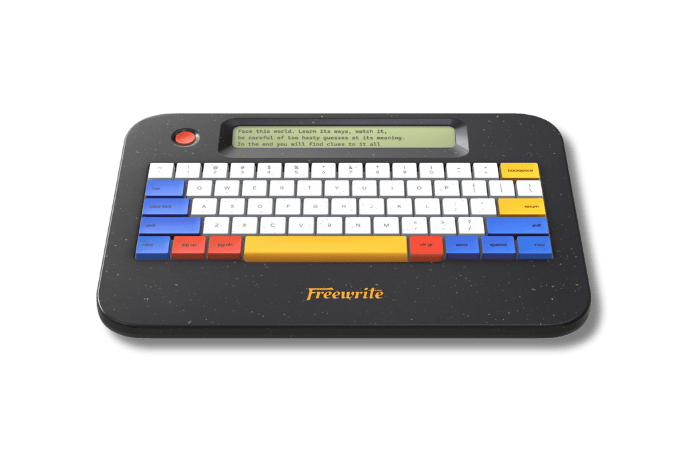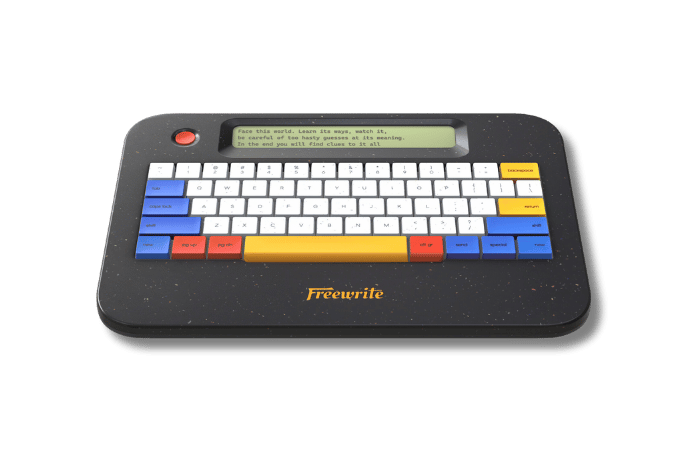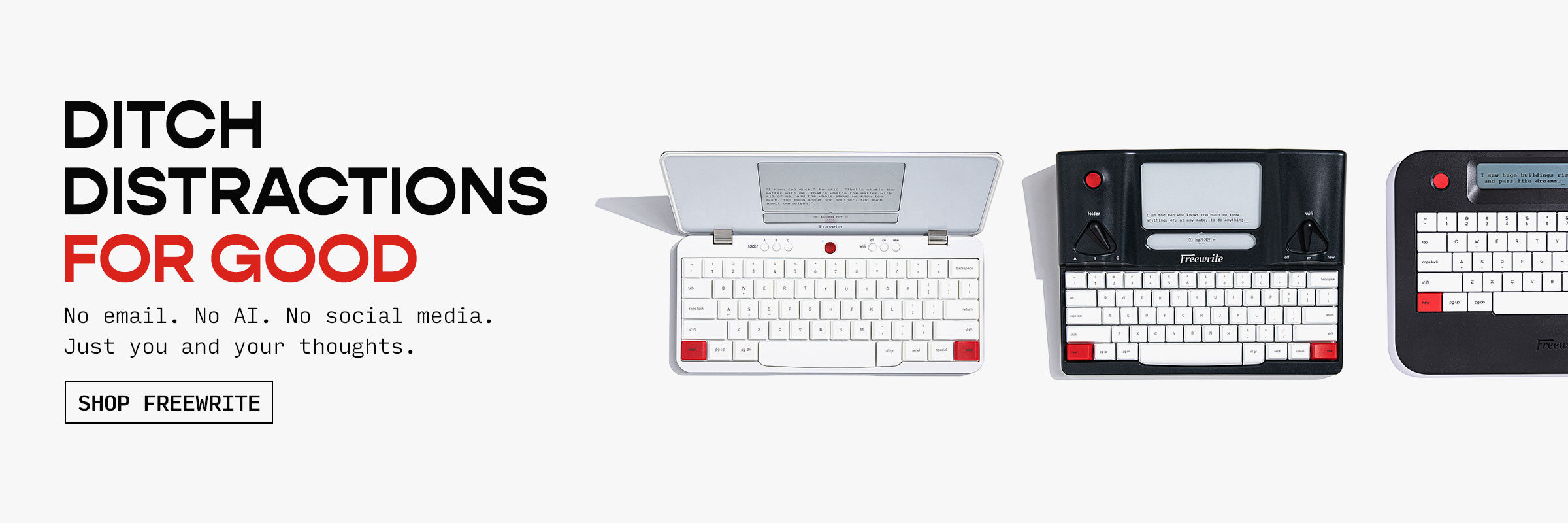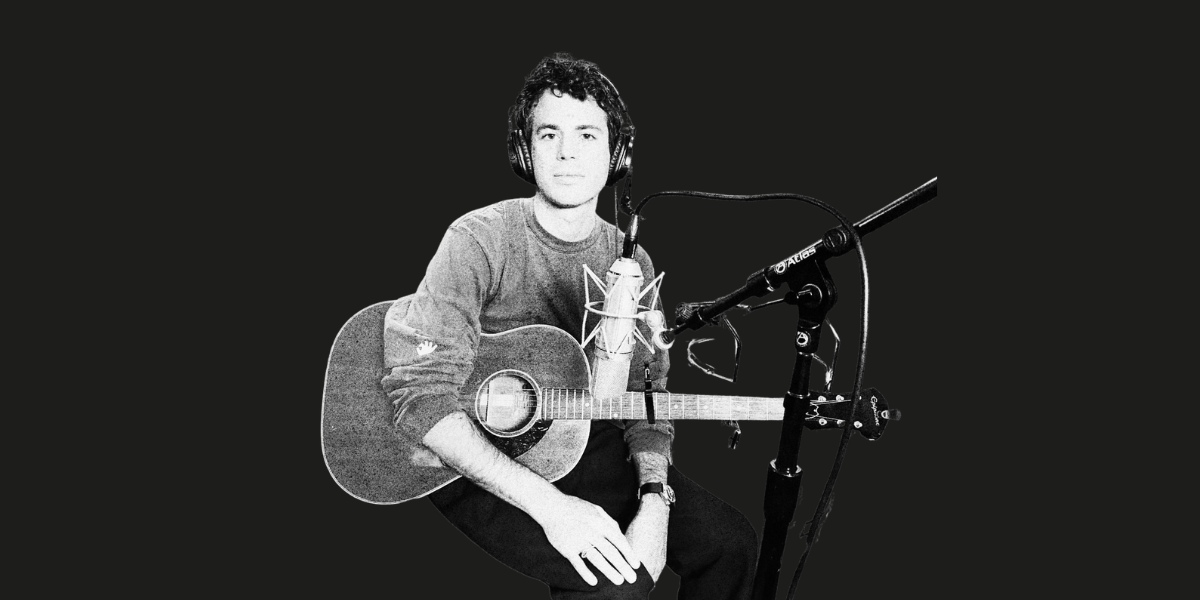The first time I heard of serial novels, I was in my early teens. Spending most of my free time after school writing short stories, listening to Paramore, and scrolling Tumblr in the late 2000s, I came across a news article about fellow Scottish teenager Estelle Maskame.
Estelle was sharing her novel draft one chapter at a time and getting instant feedback from a huge readership on Wattpad, a social storytelling platform where writers and readers can connect, share their stories, and read writing from others.
I followed the story, and I was amazed. Until then, I had no idea writers could have such autonomy over the distribution of their work and gain fans at a young age without the backing of a major publisher. And here I am, 10 years on, still utterly fascinated by self-publishing and serialization.
Maskame garnered such success with her Wattpad novel Did I Mention I Love You? that she attracted the attention of a major publisher and mainstream success followed. Now in her 20s, she has published 10 novels.
Serialization isn’t something new. But with relatively young and already huge platforms like Substack (founded in 2017) and Kindle Vella (founded in 2021), as well as Patreon, Wattpad, and others, a fresh resurgence is gaining momentum.
This begs the question: is serialization the future of publishing?

Historical Examples of the Serialized Novel
Serial fiction actually predates the traditional publishing model we’re most familiar with today.
Long before social storytelling and self-publishing platforms, the internet, and even telegrams, authors were serializing their work in newspapers and literary magazines.
Charles Dickens’s works were not originally published as complete books. The Posthumous Papers of the Pickwick Club and Great Expectations were first published as serials in monthly installments sold for 1 shilling each.
Similarly, penny dreadfuls – affordable, popular serials sold for a penny each – were hugely popular in 19th-century Britain. Typically filled with sensational stories in the crime, horror, and supernatural genres, penny dreadfuls date to the 1830s, with their roots reaching back to “the gothic novel and beyond, to Jacobean tragedies, macabre folklore, and ballads.”
With the introduction of radio and later television, the popularity of serials in literature took a downturn. But the publishing format never completely vanished and enjoyed a short resurgence in the 1970s-80s. Even Hunter S. Thompson’s revered Fear and Loathing in Las Vegas was first published as a serial in Rolling Stone magazine in 1971.
From the late 1990s, we’ve been riding the wave of a boom in long-form serial television with shows like The Sopranos, Breaking Bad, Sons of Anarchy, Game of Thrones, and many more. And I suspect the appetites of readers are mirroring this want for epic, episodic content.
Since its advent, serial fiction has experienced ebbs and flows in popularity. And now, I think we’re seeing an uptick in demand again. But this time, authors have much more ownership, mobility, and mechanisms to monetize their writing, too.
The Self-Publishing Boom
According to WordsRated, the number of self-published books released in the last five years has increased by 264%. The publishing world has always been hugely competitive. And with more widely available support, resources, and self-publishing platforms than ever before, it’s no surprise more and more aspiring authors are opting to release their work themselves.
With this route to publication, authors are firmly in charge of their work. But that’s not to say self-publishing is quick or easy — far from it. When you work with a traditional publisher, all you need to be is the writer. When you self-publish, you need to be the editor, cover designer, promoter, distributor … the list goes on. But especially for writers who haven’t or don’t want to secure an agent or a publisher, self-publishing is appealing because it puts the power back in their hands. And with digital-only serial publishing, there’s little to no upfront investment required from writers to get started.
Another trend that is coinciding with self-publishing is that traditionally published bestsellers have never been shorter. Given that we’ve never had more access to content and our attention spans are dwindling as a result, is that why readers are favoring shorter physical books and bite-sized reads online?
Generation Z certainly is. According to research by Wattpad, “Gen Z makes up 80% of Wattpad’s audience of 90 million people worldwide, who collectively spend 23 billion minutes per month on the site engaging with original stories.”
It’s possible, though, that serial fiction is nothing more than a passing trend that won’t last in our binge-obsessed culture. But it’s equally possible that serial fiction is providing a more accessible way to read in our small pockets of downtime. Furthermore, could serial fiction actually help train our over-saturated brains to savor each chapter and be patient for the next installment? I’d go with the latter.
Authors Serializing Their Novels Today
Patreon creator Zogarth has shared over 300 chapters of The Primal Hunter novels with over 12,000 members, earning $61,190 per month as of August 2024. And Sleyca posts chapters of Royal Road for over 8,000 members to read on the same platform, earning $36,120 per month.
While success stories of this magnitude are rare, they’re not unheard of. And writers are building fandoms and modest-to-substantial monetary success on other platforms too, like Substack.
Author, educator, and environmental activist Bill McKibben started publishing a novel called The Other Cheek serially on his Substack newsletter, The Crucial Years.
Writing for Literary Hub, Bill says, “Stretching out publication comes with its own mix of benefits and drawbacks, but I do wish more writers would give it a try. And the economics aren’t impossible — a newsletter subscription of $6 a month, which is the Substack average, combined with even just a few hundred readers probably beats the advance for most novelists.”
A Hybrid Approach to Publishing
Another author who found success on Substack is Elle Griffin (The Elysian). In 2023, Elle gave a TEDx Talk entitled, What if we release books episodically? In this talk, Elle shares her own experience of serializing novels on Substack and returning to a centuries-old publishing method with a modern twist. The talk attracted attention, racking up over 41 million views on YouTube.
Going straight to the source, I asked Elle if she believes serialization is the future of publishing.
Rather than viewing self-publishing as an outright alternative to traditional publishing, Elle believes it could be an exciting addition or even a prelude, helping to build an audience before a physical book release.
She says, “The existing industry could still flourish, but authors could have an early incentive that gets their fans involved and increases their earning potential.”
One of the areas in which self-published and serial authors struggle most is marketing. If you don’t promote your work and reach a wider audience, you can’t attract an engaged readership. This is where traditional publishers with big budgets and marketing and PR teams have the advantage. But Elle didn’t have a readymade audience prior to joining Substack, and now she has 20,000 subscribers.
“There are also plenty of authors who started out on Substack with zero subscribers a year ago and now have 500 or 1,000 subscribers who follow their fiction. You don't have to start with a large audience to be successful, and you can also have a very tiny audience and still be successful.”
How Serialization Can Skyrocket Writing Productivity
Science fiction and fantasy writer Simon K Jones, who you might recognize from The Writing Life Podcast which he produced for several years, also has experience serializing novels on Substack.
At first, this endeavor was only supposed to be a short experiment back in 2014 with a story called “A Day of Faces.” But it quickly turned into an exercise that boosted Simon’s productivity and helped him build a healthy writing habit.
“At that time, I'd never satisfactorily completed a long-form project, with many incomplete drafts hidden in drawers and on my computer. I'd always get distracted by something new and shiny,” he says. It sounds like a Freewrite might have come in handy. “As soon as I started serializing, which for me means writing and publishing a new chapter each week, it was like flicking a switch in my brain. Knowing that there are readers out there, waiting for the next chapter, brings me back to the page.”
Almost a decade on, Simon has published three major serials, published a paperback version of his novel No Adults Allowed and is now halfway through a much larger serial called Tales from the Triverse.
Simon believes the future of publishing will involve a mix of mediums rather than just one. “They all do slightly different things and have their own audiences, albeit with lots of crossover … Online spaces have definitely led to a resurgence in serialization for prose fiction over the last decade, which I'm very excited about. For writers, there are more ways to publish your work than ever before.”
Simon also expresses how enormously fun the process of serialization is. “It’s also one of the tightest and most exciting ways to interact with your readers,” he says. “If anyone reading this is struggling with completing projects, or getting the words down, then I highly recommend trying a serial. The regular cadence of writing and publishing can unlock a level of productivity in writers that they may not have thought possible. You can't improve as a writer until you start writing regularly.”
Is Serial Fiction Here to Stay?
With platforms like Substack, Wattpad, Patreon, and Kindle Vella empowering writers to share their work with more creative freedom and accessibility, I think serials will continue to enjoy this resurgence in popularity. And I don’t think big publishers should be quaking in their boots either.
Online serials should be seen as a welcome addition to the publishing world, just like ebooks, audiobooks, and fiction podcasts. This hybrid, DIY approach to publishing on social storytelling platforms will continue to grow and, I have no doubt, evolve.
When writers can quickly set up a profile, start connecting directly with readers, get instant focus-group-style feedback, and build a supportive, even paying, following primed to buy their work if and when they choose to release a full-length book, it’s easy to see why serializing novels online is such an attractive proposition.































